Description
|
Impeller material:
|
Aluminum
|
|
Power supply:
|
3 Phase/380V/50Hz
|
|
Humidity:
|
< 99%
|
|
Operation temperature:
|
-20℃~+40℃
|
|
Regular type:
|
Non-corrosive, non-flammable, explosive gas
(dust content not exceeding 100mg/m³) |
|
Explosion-proof type:
|
Non-corrosive, containing flammable and explosive gases
(with dust content not exceeding 100mg/m³) |
|
Application:
|
Fans can be mainly used for roof exhaust and ventilation in large workshops factories, power plants, and high-end civil buildings
|
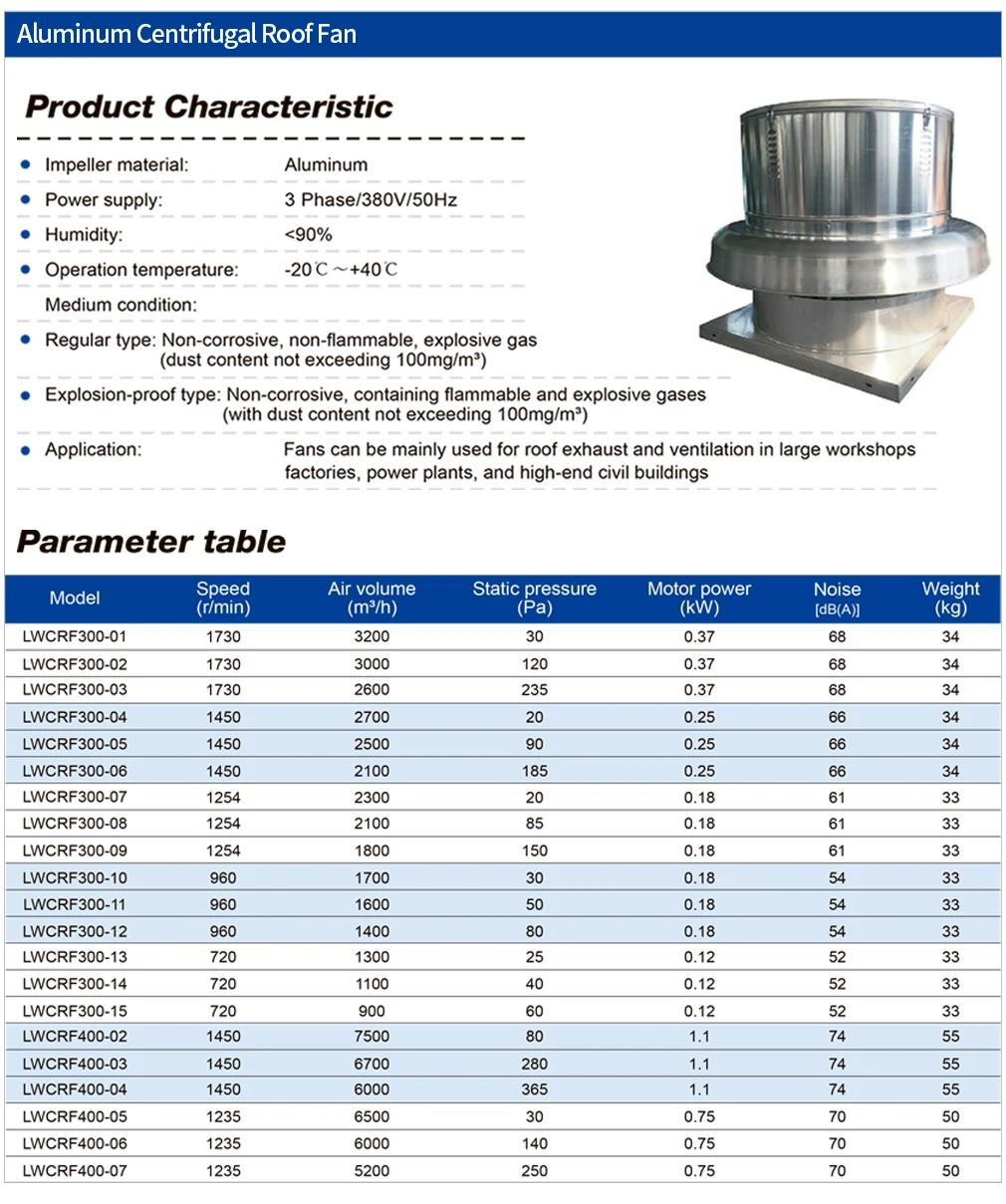
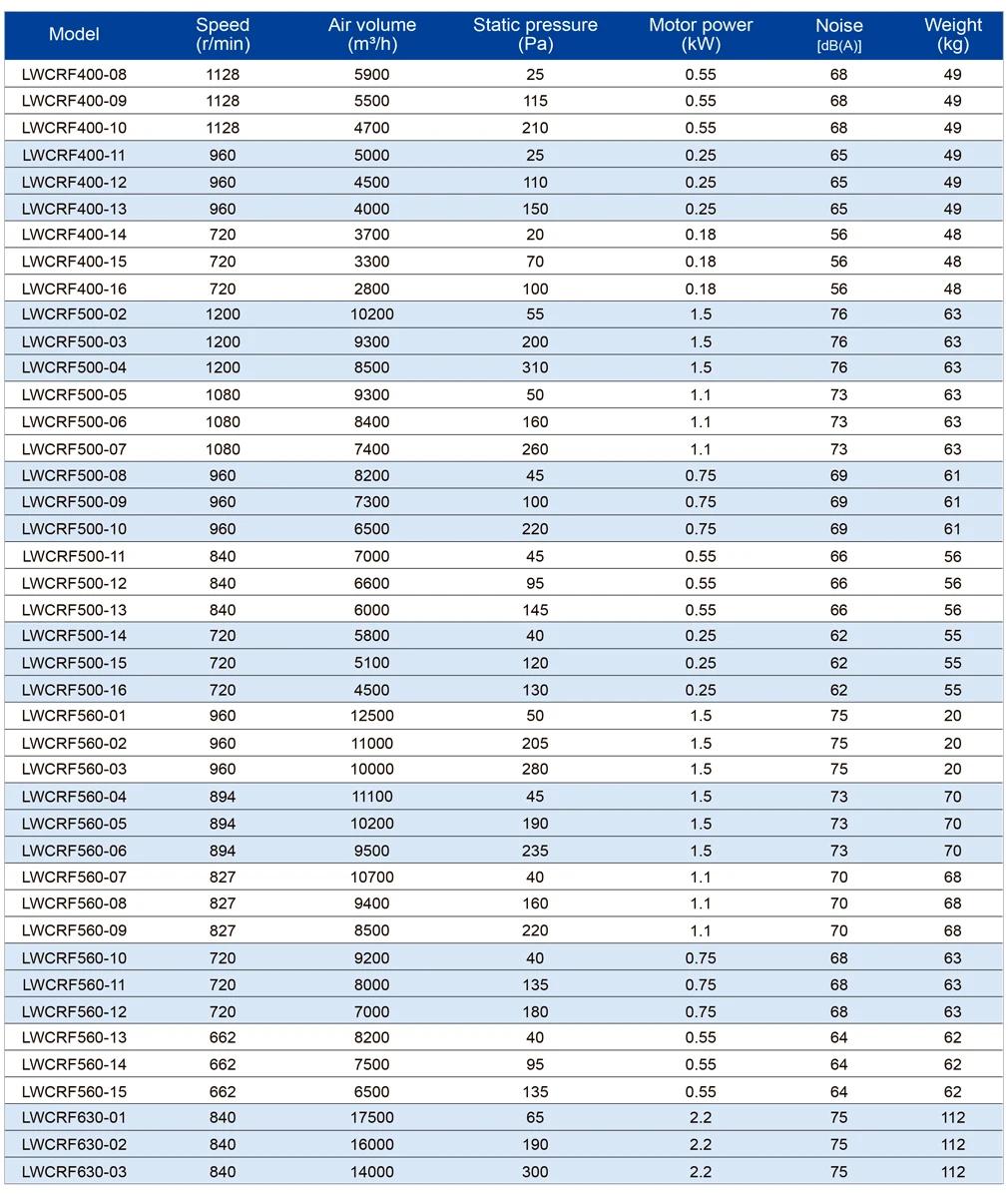
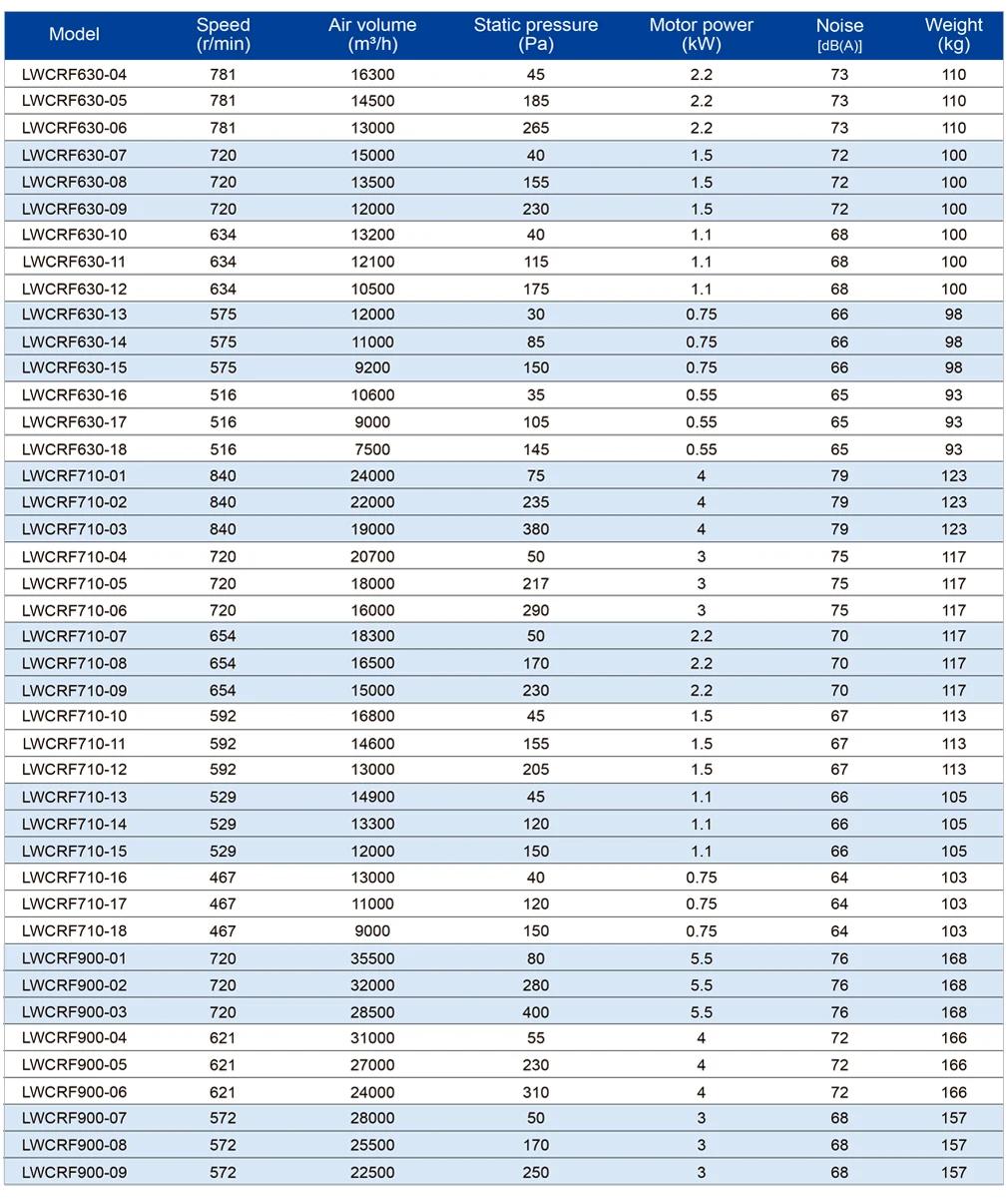
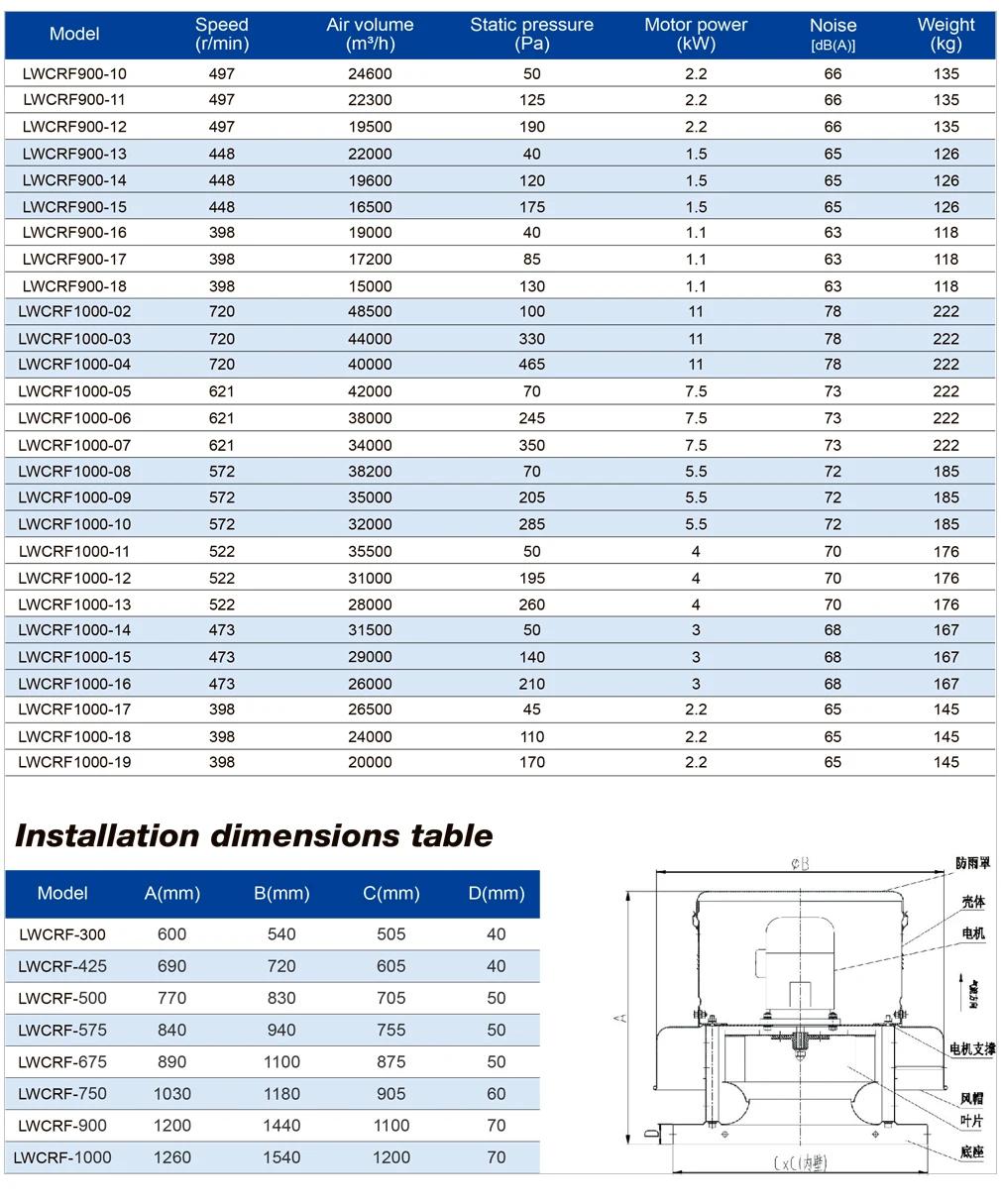
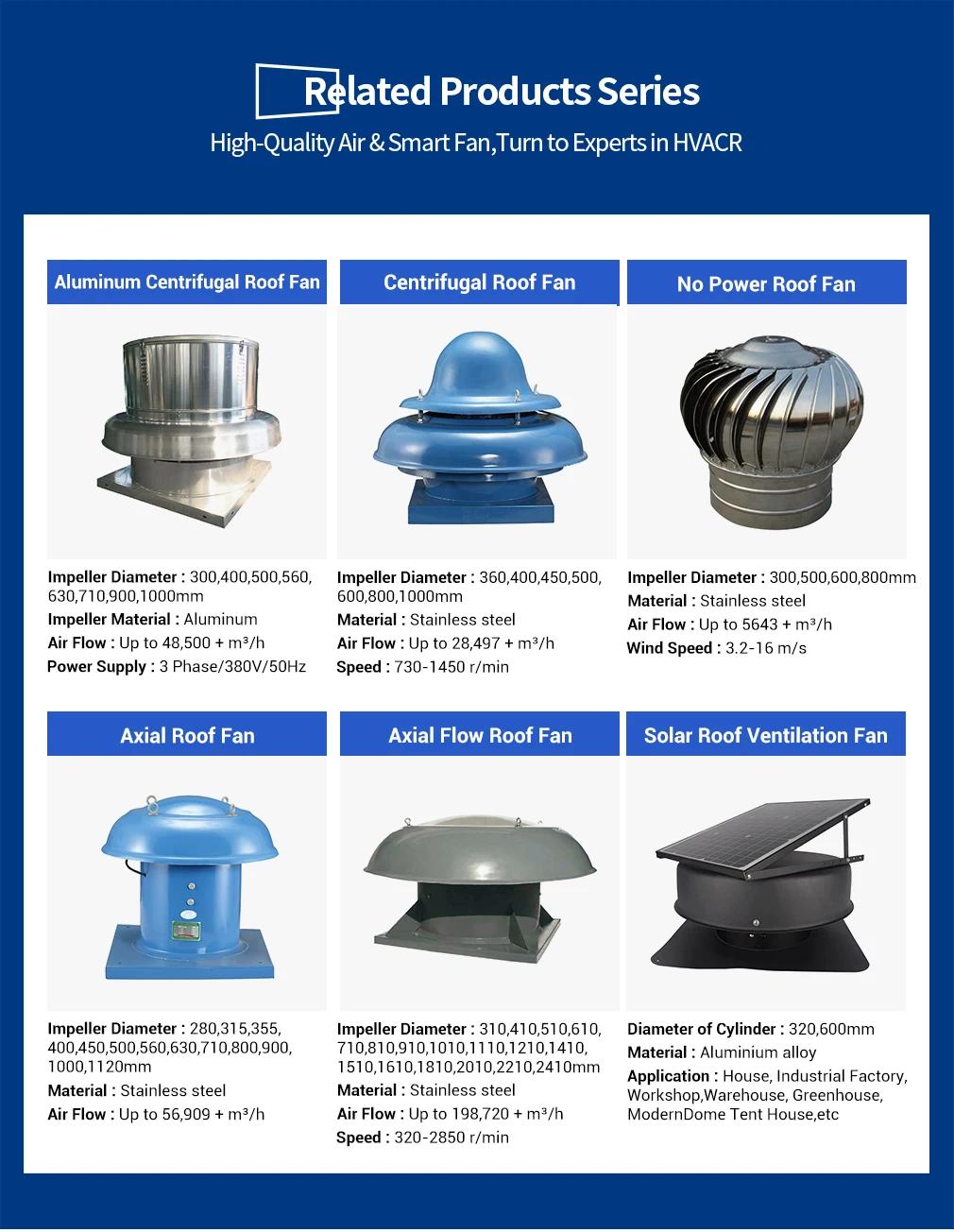

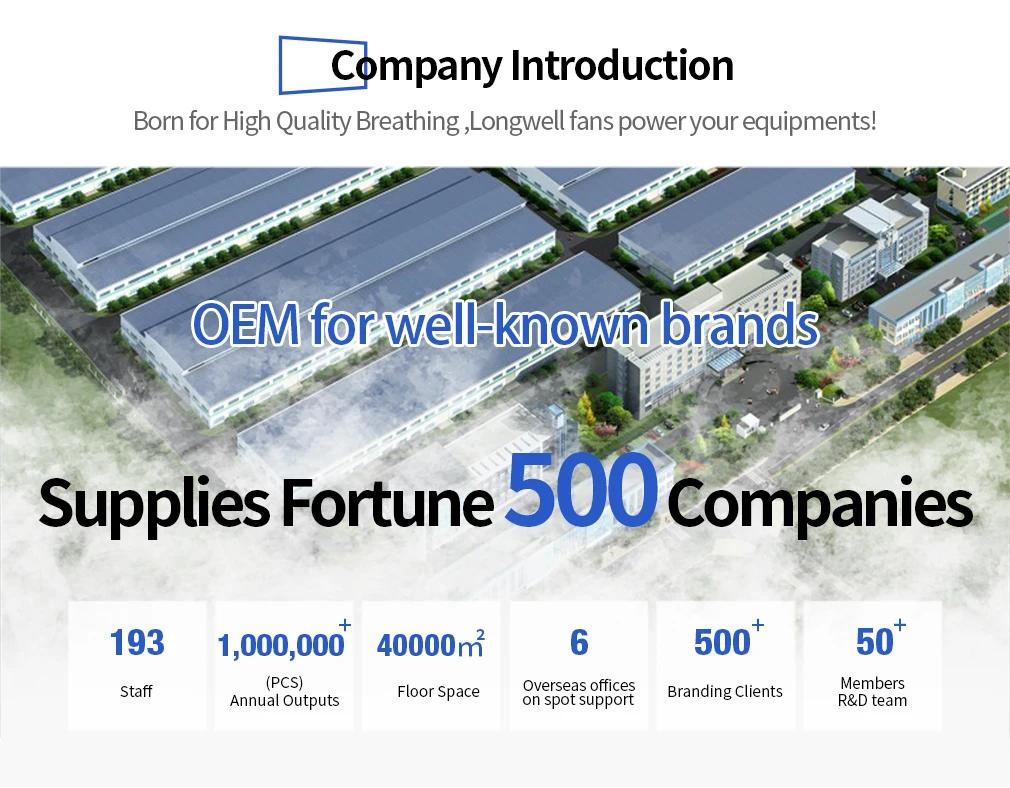
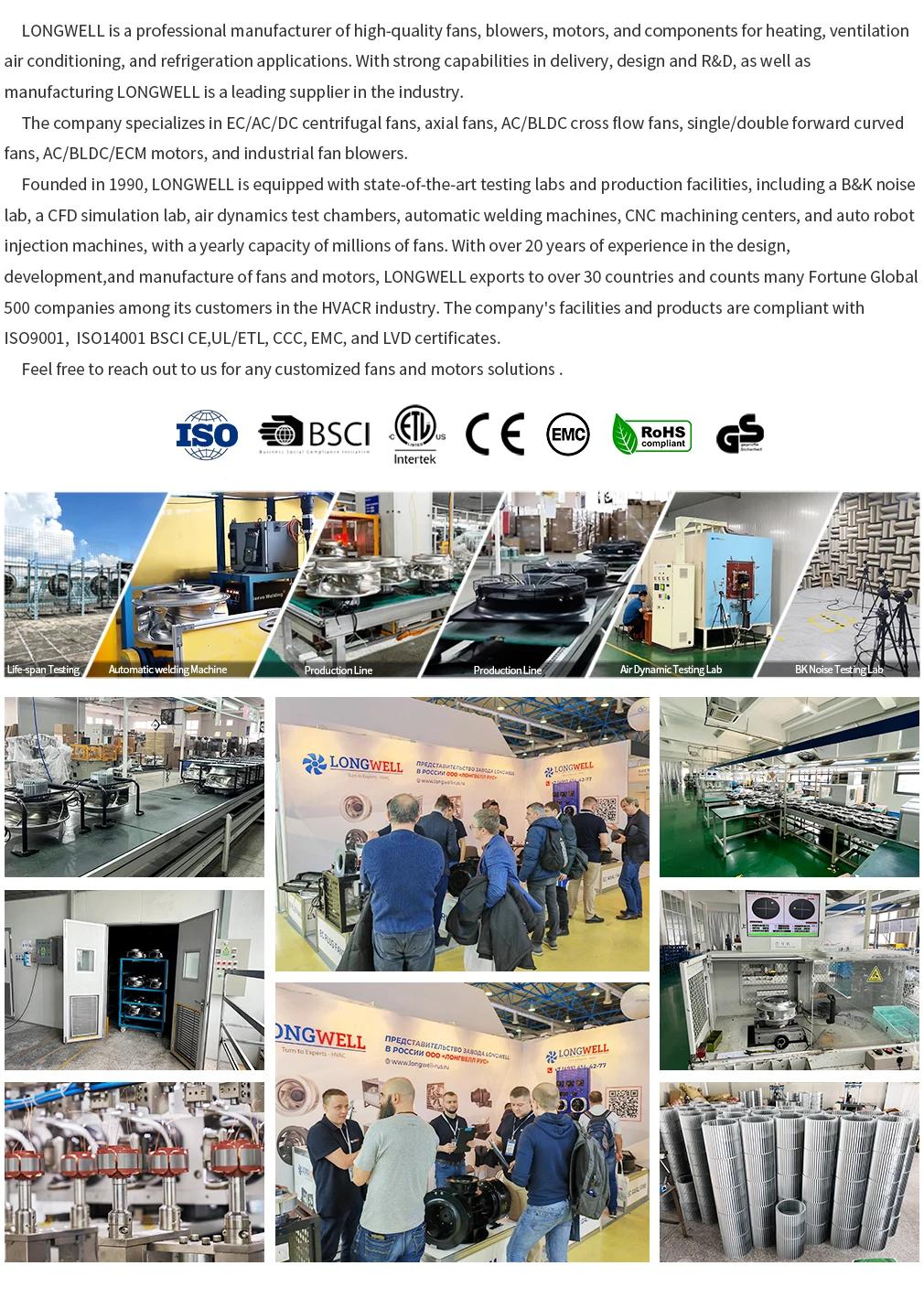
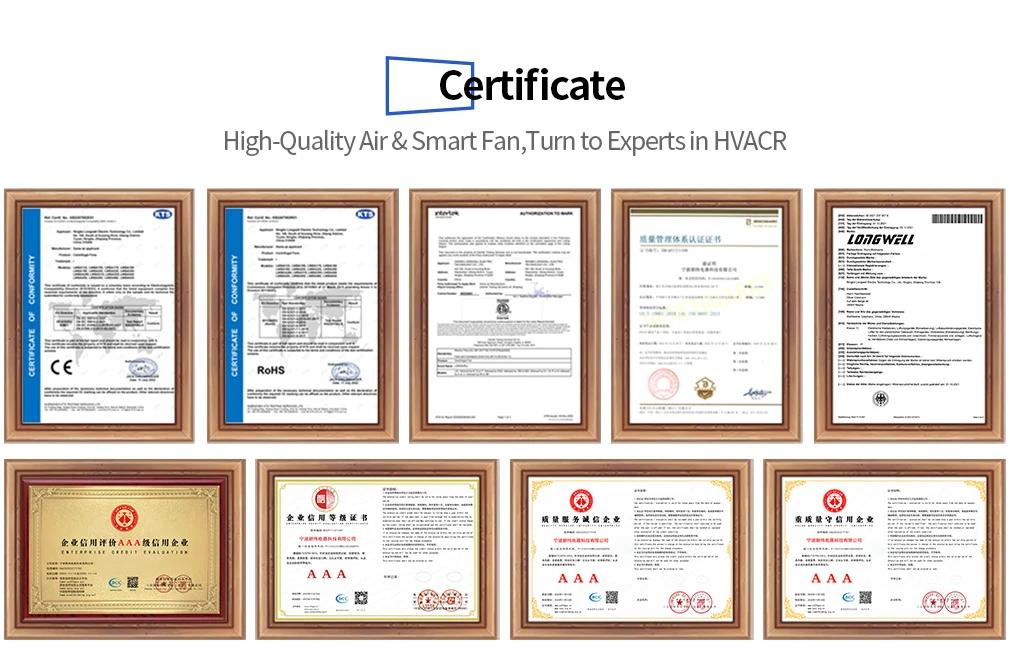

* A roof exhaust fan is a ventilation system designed to remove hot, stale, or contaminated air from buildings, particularly in industrial and commercial settings. It works by creating negative pressure inside the building, drawing in fresh air through open windows or vents while pushing the stale air out through the fan.
2. What are the key features of a high-quality roof exhaust fan?
* Key features include high efficiency, low noise operation, durability, rust resistance, adjustable airflow control, and easy installation.
3. How do I choose the right size of roof exhaust fan for my building?
* The right size depends on the volume of air that needs to be moved and the size of the space. Consider factors like the building’s square footage, ceiling height, and the number of occupants.
4. What materials are commonly used for roof exhaust fans and which is the best?
* Common materials include galvanized steel, stainless steel, and plastic. The best material depends on the environment;stainless steel is often preferred for its corrosion resistance.
5. Can a roof exhaust fan be installed on any type of roof?
* Roof exhaust fans can be installed on various roof types, but the installation process may vary. It’s important to ensure the roof can support the fan’s weight and that the fan is properly sealed to prevent leaks.
6. How much noise does a typical roof exhaust fan produce?
* Noise levels vary by model, but most modern fans are designed to operate quietly. Expect noise levels to range from 30 to 60 decibels.
7. How often does a roof exhaust fan need maintenance?
* Regular maintenance, such as cleaning and lubricating, is recommended every 6 to 12 months, depending on usage and environmental conditions.
8. What is the energy efficiency of a roof exhaust fan?
* Energy efficiency is measured by the fan’s power consumption relative to the volume of air moved (CFM). Look for fans with high CFM and low wattage for better efficiency.
9. Does a roof exhaust fan come with a warranty?
* Many manufacturers offer warranties ranging from one to five years, covering defects in materials and workmanship.
10. Can I control the speed of the roof exhaust fan?
* Yes, many roof exhaust fans come with variable speed controls, allowing you to adjust the fan’s operation to suit different conditions.
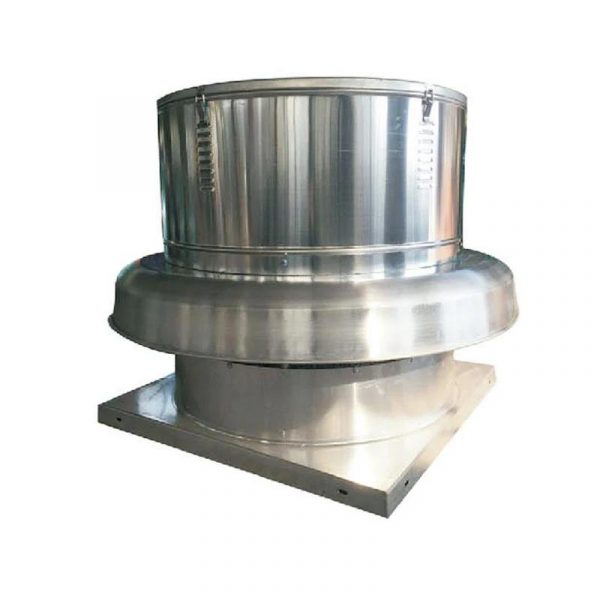
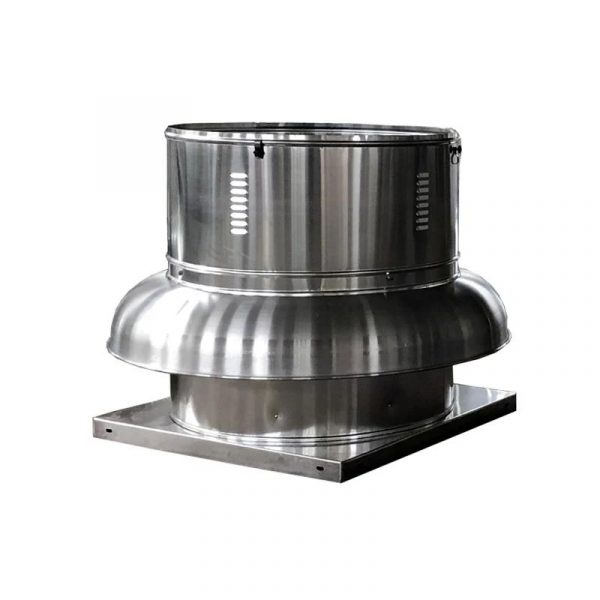
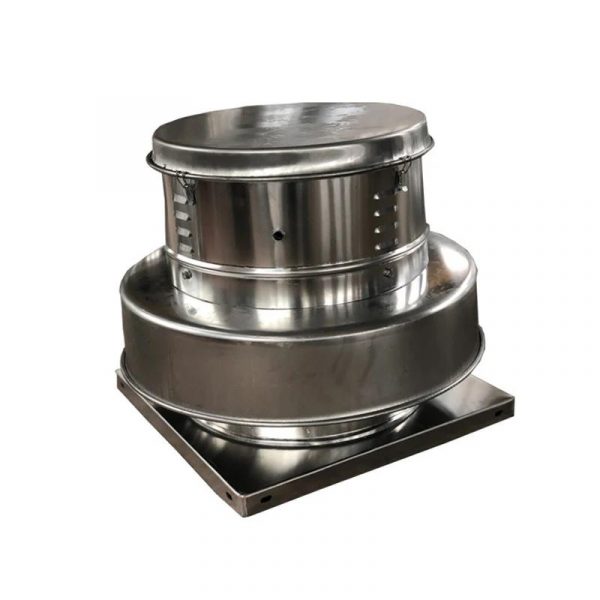
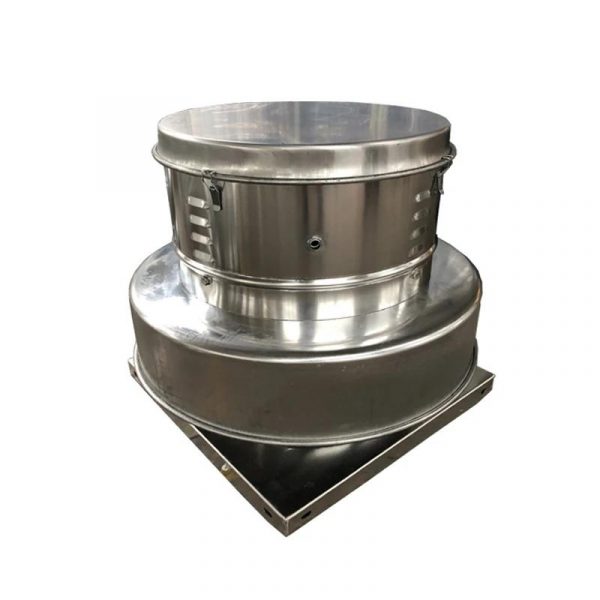

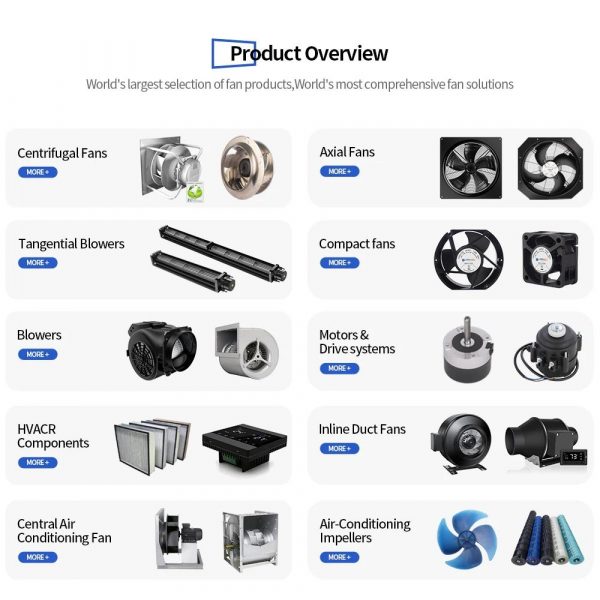

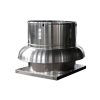
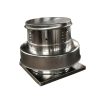
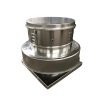

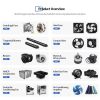
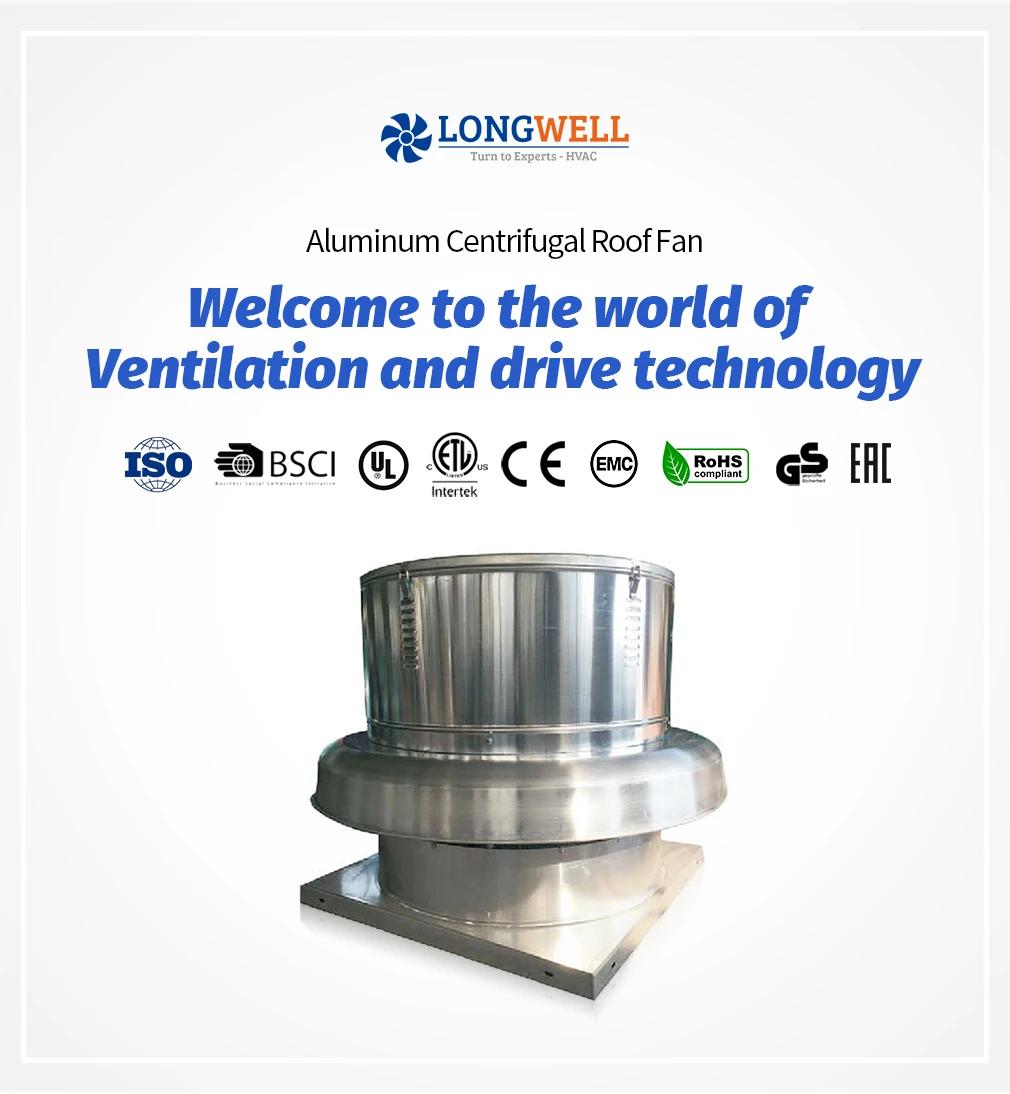
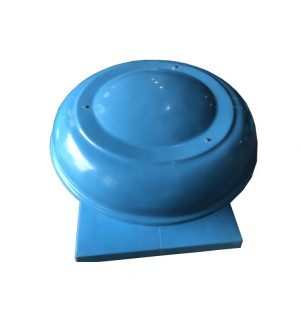

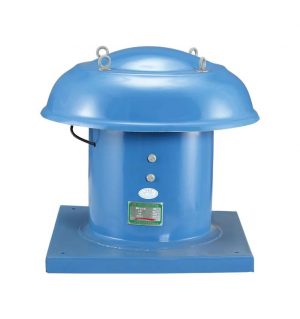

Reviews
There are no reviews yet.